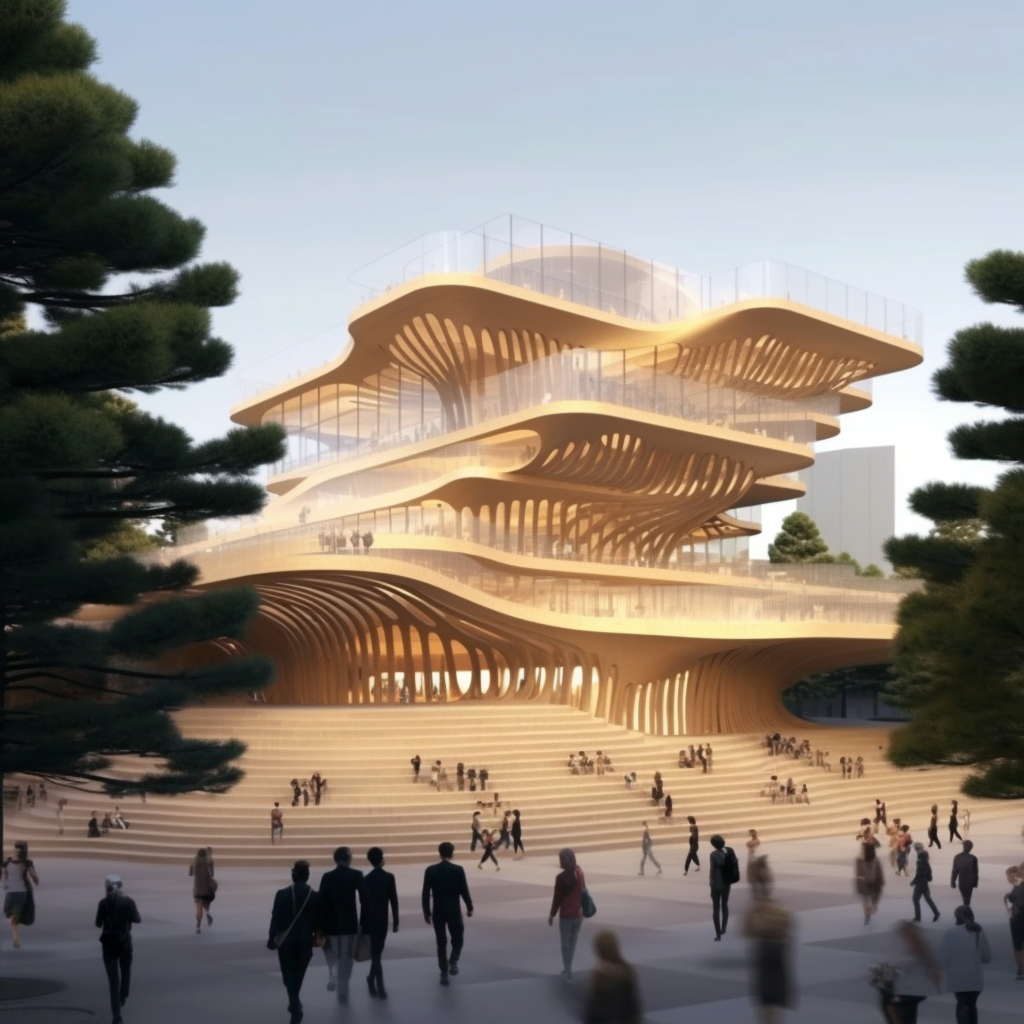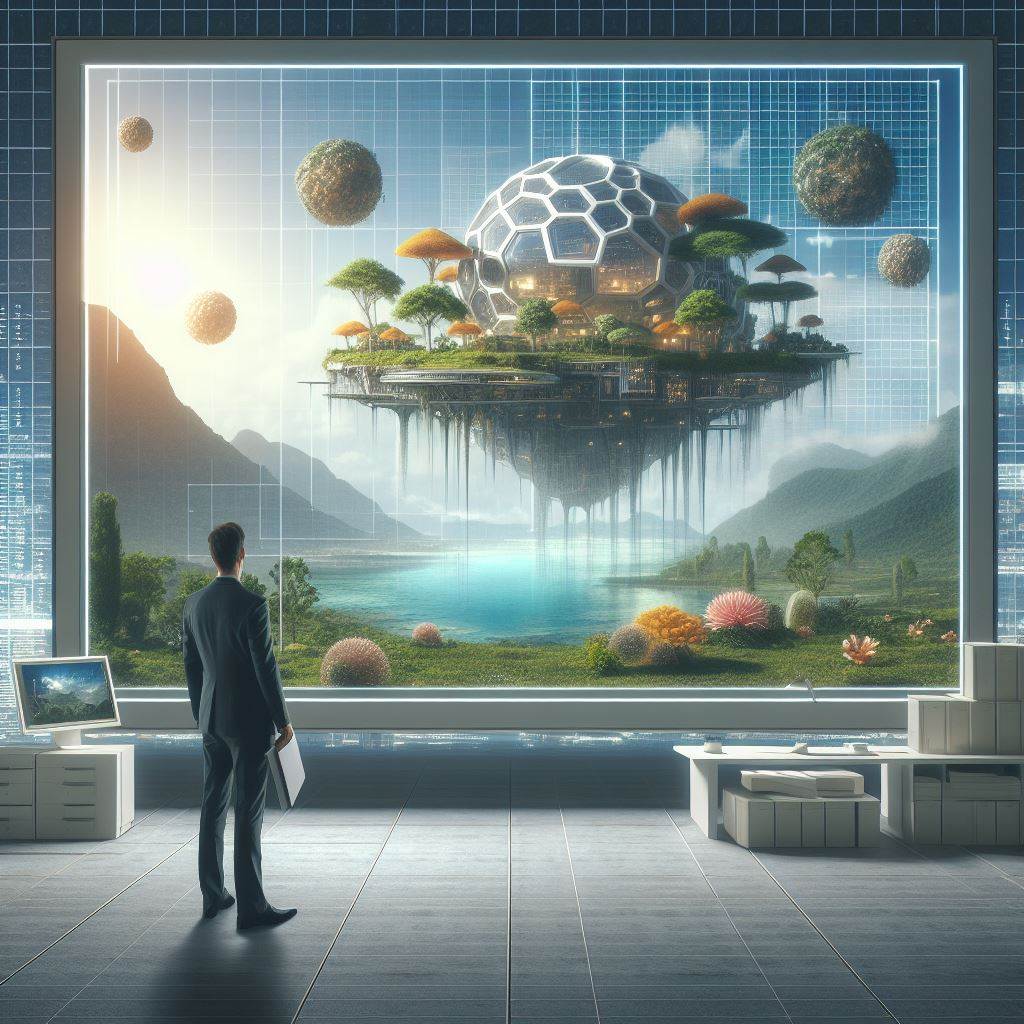Exploring the Potential of Midjourney through a 100-Day Design Challenge
As an architect and designer, I often pondered whether Midjourney represented a valuable asset or a looming threat to our profession. Driven by the desire to uncover the truth, I embarked on an extraordinary 100-day design challenge in partnership with Midjourney and various other AI tools. This journey aimed to demystify the intricacies and potential of this innovative program.
Throughout this undertaking, I acquired profound insights into the benefits and drawbacks of this cutting-edge AI tool. Today, I am thrilled to share ten pivotal lessons learned during this endeavor, categorizing them into two distinct sections: the advantages and the challenges, in order to provide clarity on the remarkable opportunities and essential precautions when incorporating Midjourney into the design process.
- Creative Exploration and Enhanced Imagination: Midjourney empowers architects and designers to embark on a voyage of creative discovery, expanding their imaginative horizons. By generating visual representations from descriptive cues, AI broadens the scope of design thinking, allowing professionals to visualize intricate concepts more effectively.
- Design Inspiration and Iteration Process: Midjourney serves as an invaluable wellspring of design inspiration, offering novel perspectives and an unconventional aesthetic. Architects and designers can utilize AI-generated images as a launchpad for iterative design processes, fostering feedback, evaluation, and continuous improvement.
- Collaboration and Co-Creation: This immersive journey promotes collaboration and co-creation between architects, designers, and artificial intelligence. AI-generated images become a shared reference point for teams to exchange ideas, co-craft designs, and synergize human creativity with AI capabilities.
- Explore and Enhance the User Experience: Midjourney aids in evaluating and enhancing the user experience of a design theme. By employing AI-generated images, professionals can gain insights into how users perceive and interact with their work, facilitating the creation of user-centric and intuitive designs, thus aiding in precise decision-making among different design options.
- Redefine Design Paradigms and Foster Innovation: This voyage challenges conventional design paradigms, encouraging architects and designers to explore unconventional concepts. Leveraging AI’s generative capabilities, professionals can spearhead new design approaches, stimulate innovation, and push the boundaries of the design realm.
Disadvantages:
- Ethical Considerations and Bias: Utilizing AI tools like Midjourney necessitates meticulous scrutiny of ethical implications and potential biases ingrained in the algorithm. Architects and designers must critically evaluate AI outcomes and complement them with human judgment to ensure ethical and inclusive design practices.
- Striking a Balance with Human Expertise: A potential pitfall with Midjourney is overreliance, which can impede the development of essential design thinking and practical skills. Striking a balance between leveraging AI tools and preserving human expertise is paramount, as architects and designers offer unique insights and empathetic understanding.
- Intellectual Property Protection: Midjourney’s design creations have sparked concerns about intellectual property rights. Architects and designers must safeguard their original work and establish proper agreements when sharing their creations on the platform.
- Acknowledging Limitations and Biases: Midjourney’s output may entail limitations and biases that could affect how topics are presented. Architects and designers should remain mindful of these potential pitfalls, supplementing AI-generated results with human judgment to avoid misleading or distorted design representations.
- Responsible Usage and Future Implications: As architects and designers embrace artificial intelligence tools like Midjourney, the responsibility of ethical use and foresight becomes paramount. Sustaining dialogue, acting ethically, and critically evaluating AI’s impact on design are imperative in shaping a future where AI and human creativity coexist harmoniously.
In conclusion, the brilliant minds at Midjourney, Inc. have given life to a generative artificial intelligence program. This groundbreaking technology has the potential to revolutionize the fields of architecture and design, unveiling new vistas of opportunity.
Midjourney’s 100-day design challenge provided me with profound insights into the benefits and potential pitfalls of this generative AI tool. By harnessing the advantages while addressing the challenges, professionals can leverage Midjourney to push the boundaries of design, forge innovative solutions, and shape a responsible future where artificial intelligence empowers and enhances human creativity in the realm of architecture and design.



